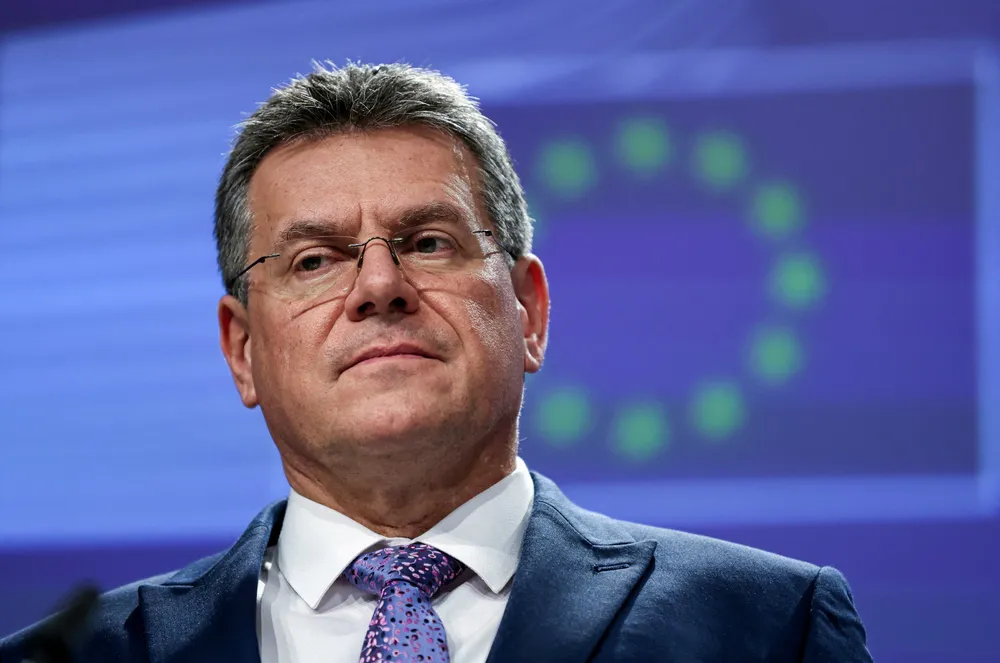ANALYSIS | Why the risks and potential rewards are both high for green hydrogen producers at the upcoming EU subsidy auction
While rules on development timelines and firm contracts have been watered down, bidders may have to price in extra risk — or find they are no longer competitive
